Published by Paul Abrahamsat Smashwords www.learnjazzpianoonline.com This ebook is licensed foryour personal enjoyment only. This ebook may not be re-sold orgiven away to other people. If you would like to share this bookwith another person, please purchase an additional copy for eachreader. If youre reading this book and did not purchase it, or itwas not purchased for your use only, then please return toSmashwords.com and purchase your own copy.
Thank you for respecting the hard work of this author. Paul Abrahams First published 2011 Revised 2016 Authors note Although this series of books canbe read independently, I would recommend that certain sections bestudied alongside my online video series Learn Jazz piano , which can bepurchased here: Learn Jazz Piano Online with PaulAbrahams Each lesson package contains a30-minute online video, together with downloadable backing tracks,sheet music and a quiz. Wherever possible, I haveindicated which video lesson relates to the text.
You can purchase books 1 and 2 ofmy series Learn Jazz Piano by following these links: Book 1 Book2 Book 4: How ToSolo is also now available. TABLE OF CONTENTS Terminology As in my previous books, I willcontinue to use American terminology. So with apologies to myfellow countrymen and women, Ill speak of quarter notes and swingeights rather than crotchets and swing quavers. 
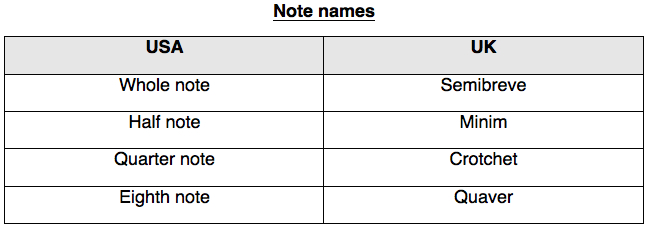 =================== Naming chord symbols As no two books use the same chord symbol names, Imopting for the following:
=================== Naming chord symbols As no two books use the same chord symbol names, Imopting for the following: 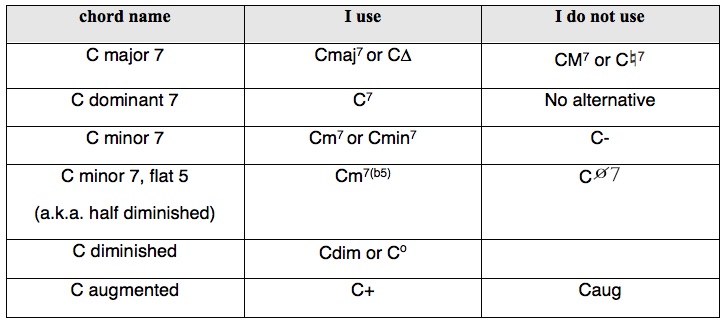 Naming extensions andalterations. As the name suggests, extensionsare notes played above the octave. 9, 11 and 13 are referred to asextensions and b9, #9, #11 and b13 as alterations. 9, 11 and 13 are referred to asextensions and b9, #9, #11 and b13 as alterations.
Naming extensions andalterations. As the name suggests, extensionsare notes played above the octave. 9, 11 and 13 are referred to asextensions and b9, #9, #11 and b13 as alterations. 9, 11 and 13 are referred to asextensions and b9, #9, #11 and b13 as alterations.
If these added notes occur within a chord theyshould, in theory, be referred to as 2 nds , 4 ths and6 ths etc. Unfortunately, the world isntthat simple, and the same note can be described in a number ofways. For example, # 11 will often be referred to as b 5. Here are thepossibilities: 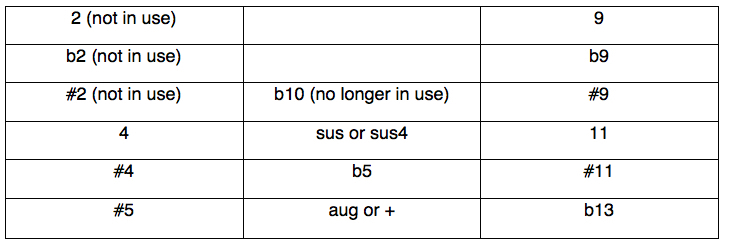 You will also encounter + and -signs instead of # and b. The good news is that 9 doesnt change. If 5 is replaced within the chord,then C 7(b5) is used to describe the note G b .
You will also encounter + and -signs instead of # and b. The good news is that 9 doesnt change. If 5 is replaced within the chord,then C 7(b5) is used to describe the note G b .
If b13 is alsorequired, then it must also be shown: C 7(b5 # 11) = C + E + G b + B b + F # So, even thoughG b andF # are the same noteenharmonically, if they serve different functions, they thereforeneed to be described individually. This also applies to b13and # Having said that, many chordcharts use b5 and # 11 (and b13 and # 5) arbitrarily. So I suggest thatyou get used to seeing them as the same note. When you encounter thealt chord symbol take it to mean that you can play an altered scaleover it. ======================== Glossary Alteration: The result of flattening or sharpening anextension . Bridge: The middle B section of a song.
Also known asthe middle 8 . Comp: The piano accompaniment to another musicianssolo . Extension: Added note not within the basic harmony of achord . Head: The written melody before and after thesolos . Horizontalimprovisation: Only one scale is usedthroughout chord changes . Interval: The space between two notes .
Key centre: The key connecting a group of relatedchords . Lead sheet: Melody plus chords . Mode: Scale that begin on different pitches of the major or melodicminor scale . Pick-up: One or more notes, (but less than the fullmeasure) leading into the first complete bar of a tune or newsection. Rhythm changes: Chord sequence based on Gershwins I Got Rhythm . Real book: A collection of jazz tunes containing just topline (melody) and chords.
Rootless voicing: A left-hand chord that removes the root note fromthe bottom of the chord. It is often replaced with a 3 or7 . Secondary dominant: A dominant 7 chord pointing to a tonic that isnot in the primary key centre. Standard: A well-known song or tune favored by jazzmusicians . Tonic: The first pitch of a diatonic scale . Tritonesubstitution: The replacement of onedominant 7 with another at a distance of three wholesteps.
Turnaround: A chord sequence that leads back to the start oron to the next section. A common turnaround is I VI II V . Verticalimprovisation: Each new chord has aninfluence over the improvised notes . Voicing: The combination and placement of notes within achord . Walking 3s: Linking the 3 rd note of each chord . Walking 7s: Linking the 7 th note of each chord .
Introduction If youve stayed with me till now, then youshould have a sound knowledge of the tools required to play jazz.Although there are still a few loose ends to pick up, my main focusin this book is on the practical side of playing. There is no substitute for getting out thereand interacting with other musicians. The chapters playing withother musicians and working with singers offer advice and tipsfor communicating with fellow band members. How is a tune countedin? How will it end? Although your repertoire is largely up toyou, there are a number of frequently played tunes that you shouldknow, and know well. By this, I mean that you should memorize thesetunes. In the chapter building a repertoire, I group some ofthese compositions into categories.
The chapter recommended listening is basedon one of my old iTunes audio podcasts. Although theserecommendations are subjective, I believe that there are jazzmusicians and styles that you should be aware of, even if they arenot particularly to your taste. ========================= Chapter1: Bebop blues This chapter can be read inconjunction with video lesson 14 . Click here to purchase lesson. We began ourblues journey with the 3-chord t rick found in innumerable rock songs. These three chordsare the tonic, subdominant and dominant: I, IV and V.
Here is acommon variation of the basic12-bar sequence in F.  In book 1 , chapter 7, we explored effective ways of soloing overthis sequence by using the blues scale, pentatonic and Mixolydianmode. In book 2 , chapter 4, we then added two I VI II V turnaroundsat bars 7 and 11. An additional II V sequence was also added atbar 4. Heres the picture so far.
In book 1 , chapter 7, we explored effective ways of soloing overthis sequence by using the blues scale, pentatonic and Mixolydianmode. In book 2 , chapter 4, we then added two I VI II V turnaroundsat bars 7 and 11. An additional II V sequence was also added atbar 4. Heres the picture so far. 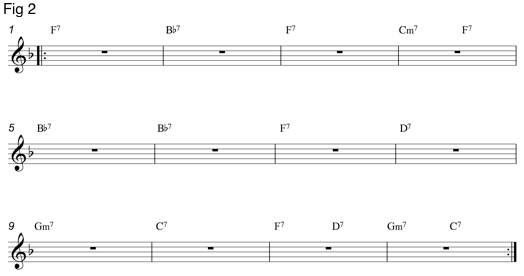 Throughout my course, I haveemphasised the following points: The V I sequencesignifies tension leading to release.
Throughout my course, I haveemphasised the following points: The V I sequencesignifies tension leading to release.
This tension can beloaded into the V chord by means of extensions andalterations. Therefore, anydominant 7 chord that points to its tonic affords a goldenopportunity for any improviser. Even when a II Vsequence doesnt actually arrive at its tonic, the V chord stillwants to resolve, and therefore still contains that sametension. Fig 2, above,contains two new V chords: F andD . These chordscan be described as secondarydominants as they signal newkeys created within the structure. Although the overallkey is F major, F pointstowards B b majorand D points towards G minor.
Next page
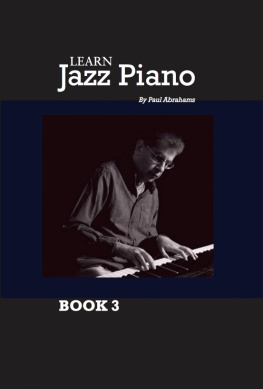

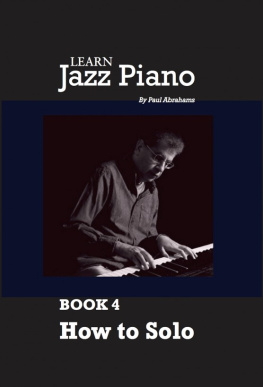
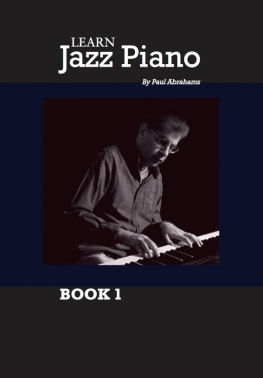
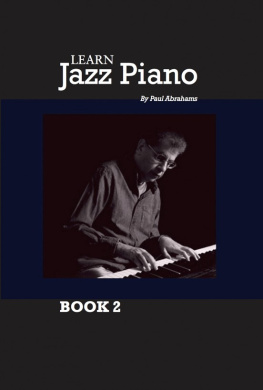
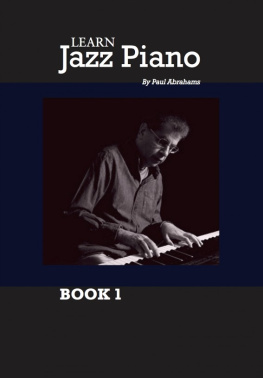
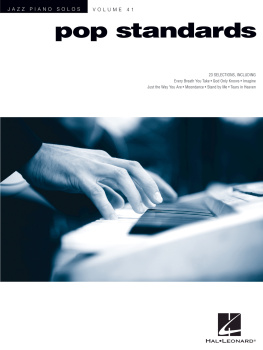
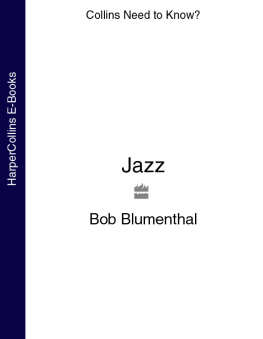
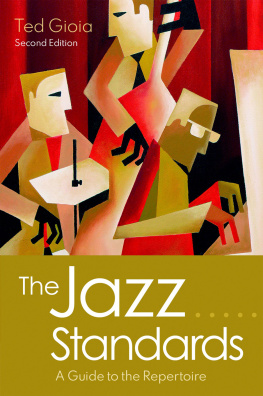

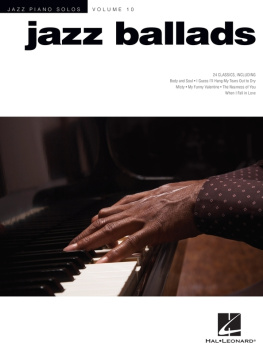
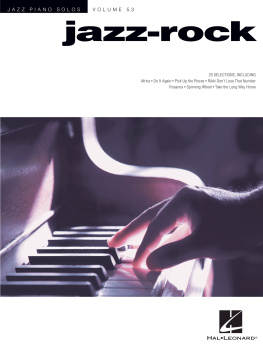
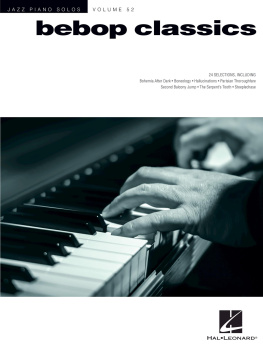


 =================== Naming chord symbols As no two books use the same chord symbol names, Imopting for the following:
=================== Naming chord symbols As no two books use the same chord symbol names, Imopting for the following:  Naming extensions andalterations. As the name suggests, extensionsare notes played above the octave. 9, 11 and 13 are referred to asextensions and b9, #9, #11 and b13 as alterations. 9, 11 and 13 are referred to asextensions and b9, #9, #11 and b13 as alterations.
Naming extensions andalterations. As the name suggests, extensionsare notes played above the octave. 9, 11 and 13 are referred to asextensions and b9, #9, #11 and b13 as alterations. 9, 11 and 13 are referred to asextensions and b9, #9, #11 and b13 as alterations. You will also encounter + and -signs instead of # and b. The good news is that 9 doesnt change. If 5 is replaced within the chord,then C 7(b5) is used to describe the note G b .
You will also encounter + and -signs instead of # and b. The good news is that 9 doesnt change. If 5 is replaced within the chord,then C 7(b5) is used to describe the note G b . In book 1 , chapter 7, we explored effective ways of soloing overthis sequence by using the blues scale, pentatonic and Mixolydianmode. In book 2 , chapter 4, we then added two I VI II V turnaroundsat bars 7 and 11. An additional II V sequence was also added atbar 4. Heres the picture so far.
In book 1 , chapter 7, we explored effective ways of soloing overthis sequence by using the blues scale, pentatonic and Mixolydianmode. In book 2 , chapter 4, we then added two I VI II V turnaroundsat bars 7 and 11. An additional II V sequence was also added atbar 4. Heres the picture so far.  Throughout my course, I haveemphasised the following points: The V I sequencesignifies tension leading to release.
Throughout my course, I haveemphasised the following points: The V I sequencesignifies tension leading to release.